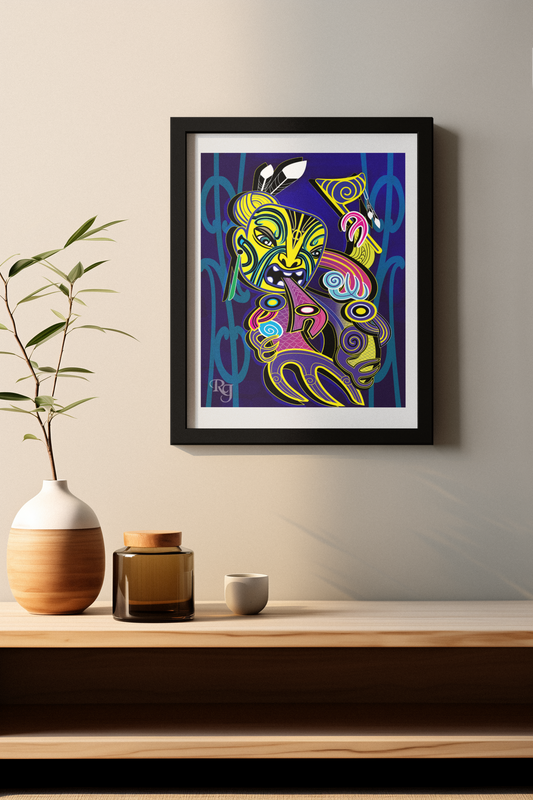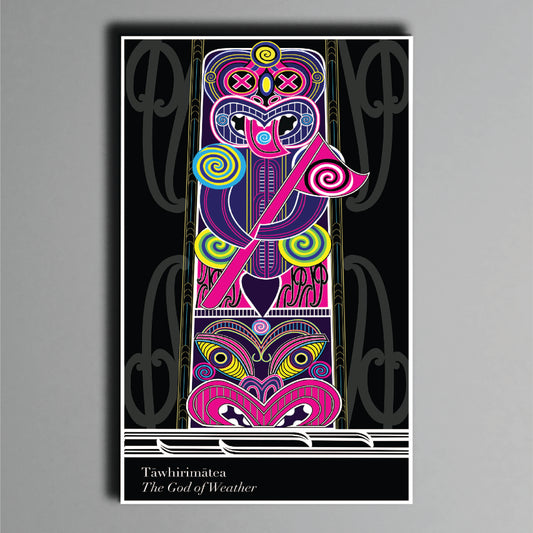Emblem of resilience in the face of adversity
Sliman Mansour, an artist with a political voice that resonates beyond the canvas, Mansour has become an emblem of resilience in the face of adversity. Born in 1947 in Birzeit, Palestine, his life's journey is inextricably intertwined with the complex and turbulent history of his homeland. In this blog, we will delve into the life and work of Sliman Mansour, exploring how his art serves as a poignant commentary on the ongoing conflict and oppression in Palestine.
Walking through Mansours Artistic Journey
Mansour's artistic journey began against the backdrop of a region marred by violence and displacement. His early passion for art led him to the prestigious Bezalel Academy of Arts and Design in Jerusalem, where he refined his skills and developed a unique style that blends realism and symbolism. His paintings are characterised by rich, earthy colours and intricate details, which convey powerful messages about the Palestinian experience.
"I reflect in my art my way of life, and my bad luck is that I am under occupation. I didn't choose that. It would be surrealistic to live under occupation and to paint nice flowers and beautiful women and everything is so nice. You can't do that. You have to reflect your life. I use symbolism quite often, and people tend to understand my symbolism." - Sliman Mansour*
Some of Mansours most iconic works, such as "The Three Candles" and "The Tree of Life," encapsulate the pain, resilience, and hope of the Palestinian people. Mansours imagery in these paintings is laden with symbolism. The olive tree, for instance, appears repeatedly in his work, symbolising endurance and the connection of the Palestinian people to their land. It is a powerful testament to their enduring spirit, even in the face of unimaginable challenges.

"The bride of the Homeland (Lina Al-Nabulsi)" - Oil on Canvas 1975 [3]
Ongoing Struggle and Oppression
Mansours work cannot be understood without acknowledging the ongoing conflict and oppression in Palestine. For decades, the Palestinian people have faced displacement, occupation, and violence. Their lives are marked by an oppressive reality, but Mansours art refuses to let their stories be silenced. It serves as a voice for the voiceless, bearing witness to their suffering.
‘I was molded by the Palestinian landscape. The land plays an important role in my art and in my nature as a human being. I said to myself ‘rather than drawing the land, I will draw with land.’ People would ‘inhale’ my artwork at exhibitions – they would feel the Palestinian heritage, by touch, by scent, with the senses.’ - Sliman Mansour [3]
The Current War in Palestine
The situation in Palestine remains a deeply contentious issue. Ongoing conflicts and tensions have led to tragic loss of life, displacement, and untold suffering. The recent war in Palestine, with its heartbreaking impact, serves as a stark reminder of the enduring struggles of the Palestinian people. The international community is grappling with the complexities of this conflict, and the urgency of finding a lasting solution cannot be overstated.

"Motherhood" - Egg tempera 1980 [4]
Art as a Tool for Resistance
Sliman Mansour firmly believes in the power of art as a tool for resistance. His work, like that of many other Palestinian artists, refuses to yield to oppression. It defies erasure and stands as an unyielding testament to the Palestinian story. In times of crisis, art becomes a form of expression and protest, allowing the oppressed to share their experiences and perspectives with the world.

"Yaffa" - 1979 [5]
Conclusion
Sliman Mansour's art is a beacon of hope and a mirror reflecting the stark realities faced by the Palestinian people. His work is a tribute to their unwavering spirit in the face of oppression. As we reflect on his life and the ongoing struggles in Palestine, we must remember that art has the power to transcend borders and speak to the hearts of people across the world. It is our responsibility to listen, understand, and support the voices that seek to break free from the chains of oppression and injustice.
References
[2]: https://www.facebook.com/sliman.mansour/
[3]: https://shop.embraceme.org/blogs/meet-the-maker/meet-our-makers-sliman






